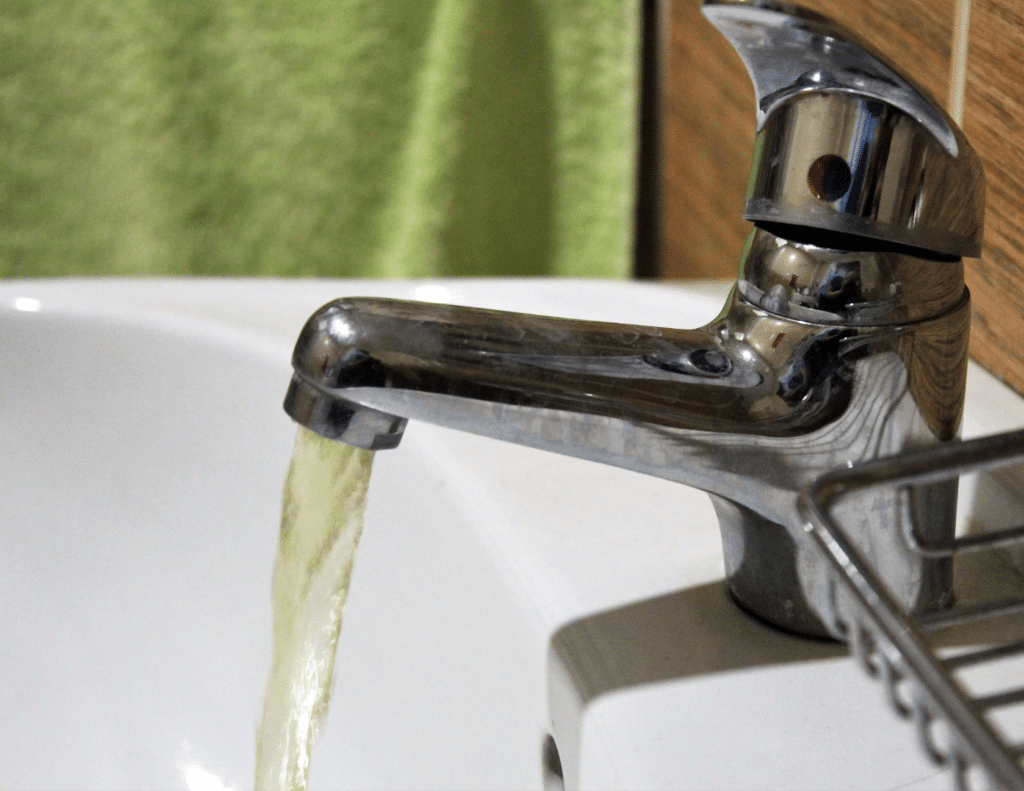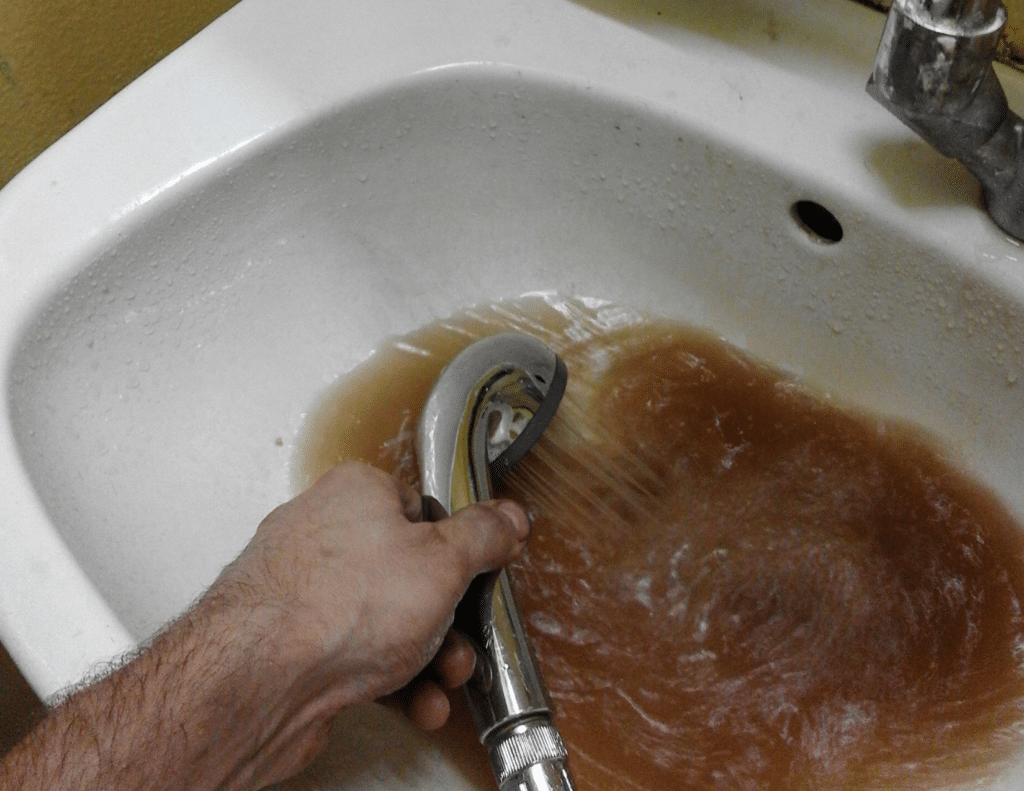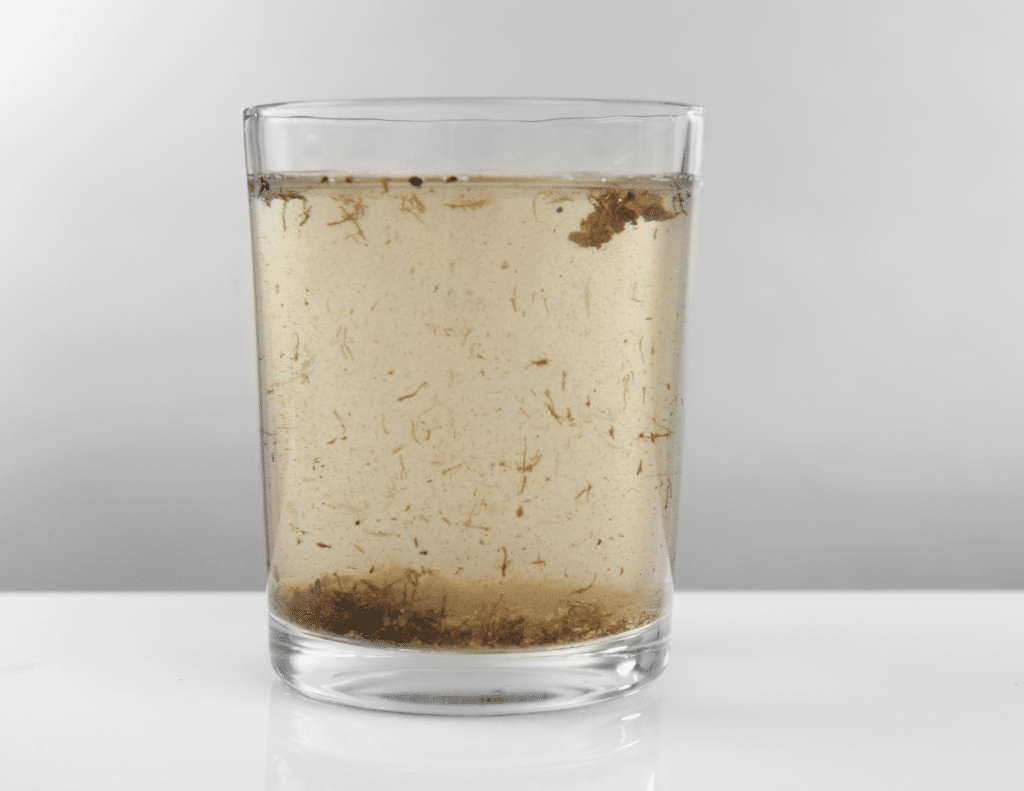Water, the elixir of life, is a resource that sustains not just individuals but entire communities. The purity of water is not only a necessity but a responsibility. In the intricate network of water supply systems, the term “backflow” has significant implications. Backflow, the undesirable reversal of water flow within plumbing systems, poses a substantial risk to water quality. To counteract this risk, backflow testing emerges as a critical practice, ensuring that the water we consume remains clean and safe. This comprehensive blog will delve into the intricacies of backflow testing, understanding what it is, why it is required, and its pivotal role in maintaining water safety.
What Is Backflow?

Backflow refers to the undesirable reversal of water flow within plumbing systems. It occurs when the normal direction of water flow is disrupted, potentially contaminating clean water supplies. Backflow can happen due to various factors, such as changes in water pressure or flow direction. When backflow occurs, there is a risk of contaminants, including chemicals, bacteria, and pollutants, infiltrating the public water supply. Testing is conducted to prevent this risk and ensure water purity. This testing involves examining backflow prevention devices to confirm their effectiveness in halting the backward flow of water and identifying any vulnerabilities in the system that might lead to backflow.
What is Backflow Testing?

The Essentials
Backflow testing is a preemptive measure designed to prevent the contamination of clean water supplies. It involves a meticulous examination of backflow prevention devices to confirm their efficiency in halting the backward flow of water. Certified professionals armed with the expertise and knowledge necessary to assess plumbing systems conduct these tests. The objective is clear: to identify any potential vulnerabilities in the system that might lead to backflow.
How It Works
Understanding the mechanism of backflow is integral to comprehending the necessity of testing. Backflow can occur for various reasons, such as a sudden drop in water pressure, changes in the flow direction, or other factors that disrupt the delicate equilibrium of a plumbing system. When backflow transpires, there is an imminent risk of contaminants, including chemicals, bacteria, and pollutants, infiltrating the public water supply. Testing safeguards against this risk, ensuring water remains pure and uncontaminated.
Why is Backflow Testing Required?
1. Protecting Water Quality:
The primary objective of backflow testing is to maintain the purity of water. This testing process prevents introducing harmful substances into the clean water supply by identifying and rectifying potential backflow issues. The consequences of contaminated water can range from mild gastrointestinal discomfort to severe illnesses, underscoring the critical importance of preserving water quality.
2. Regulatory Compliance:
Backflow testing is not just a matter of preference; it is often a regulatory requirement. Local and national water authorities mandate periodic testing to ensure compliance with water safety regulations. Property owners, businesses, and even municipalities must conduct regular tests. Failure to comply with these regulations can result in fines and penalties, emphasizing the non-negotiable nature of routine backflow testing.
3. Preserving Public Health:
Contaminated water is a direct threat to public health. Backflow testing plays a pivotal role in averting potential health hazards by preventing the entry of pollutants into the water supply. The ramifications of compromised water quality can reverberate through entire communities, making backflow testing an essential element in protecting the health and well-being of the populace.
4. Infrastructure Protection:
Beyond health concerns, backflow incidents can wreak havoc on plumbing infrastructure. The damage resulting from backflow can lead to costly repairs and system overhauls. Regular testing acts as a preventive measure, identifying and addressing potential issues before they escalate, thereby preserving the efficiency and longevity of the water distribution system.
5. Emergency Preparedness:
Backflow testing contributes significantly to emergency preparedness. By revealing vulnerabilities in the water supply system, testing allows for swift intervention in case of sudden pressure changes or other anomalies. This proactive approach prevents potential crises and ensures that the water supply remains resilient and reliable even in unforeseen circumstances
The Testing Process
1. Identification of Backflow Devices:
The first step in the testing involves identifying the backflow prevention devices installed in the plumbing system. These devices, such as backflow preventer valves, are strategically placed to impede the reversal of water flow.
2. Visual Inspection:
A comprehensive visual inspection is conducted to assess the physical condition of the backflow prevention devices. Any signs of wear, damage, or corrosion are noted, as they could compromise the device’s effectiveness.
3. Functional Testing:
The core of testing lies in functional assessments. Certified technicians perform tests to ensure the backflow prevention devices operate as intended. This often involves simulating scenarios that could lead to backflow, allowing professionals to observe the system’s response.
4. Pressure Differential Testing:
Pressure differential testing is a crucial component. This evaluates the ability of the backflow prevention device to maintain a pressure difference between the clean water supply and potential sources of contamination.
5. Documentation and Reporting:
Following the testing process, detailed documentation and reports are compiled. These documents outline the condition of the backflow prevention devices, any issues detected, and the actions taken to rectify them. This information serves as a record for regulatory compliance and future reference.
The Dangers of Avoiding Backflow Testing

When it comes to backflow prevention, avoiding testing can have serious consequences. The dangers of neglecting backflow testing are manifold. Firstly, without regular testing, potential vulnerabilities in the plumbing system may go unnoticed. Backflow incidents could occur without warning, contaminating the clean water supply. Secondly, failing to comply with regulatory requirements for backflow testing can result in fines and penalties, which can be costly for property owners and businesses. Additionally, by neglecting testing, the health and well-being of the public are put at risk. Contaminated water can cause various illnesses, some of which can be severe. Lastly, avoiding backflow testing can also damage the plumbing infrastructure, resulting in expensive repairs and disruptions to the water distribution system. Overall, the dangers of avoiding backflow testing highlight the importance of regular testing to protect water quality, ensure regulatory compliance, safeguard public health, and maintain the integrity of the water supply infrastructure.
Backflow testing is not a mere formality but a critical aspect of water management and public health. By adhering to regulatory requirements and prioritizing regular testing, we actively contribute to preserving water quality. As we chart our course toward a sustainable future, recognizing the significance of backflow testing becomes paramount—it is a proactive measure that ensures the water we rely on remains pure, safe, and accessible for generations to come. The layers of protection offered by backflow testing extend beyond compliance; they form a resilient shield against potential threats to our most essential resource—water. Contact Workhouse if you suspect backflow is occurring.







